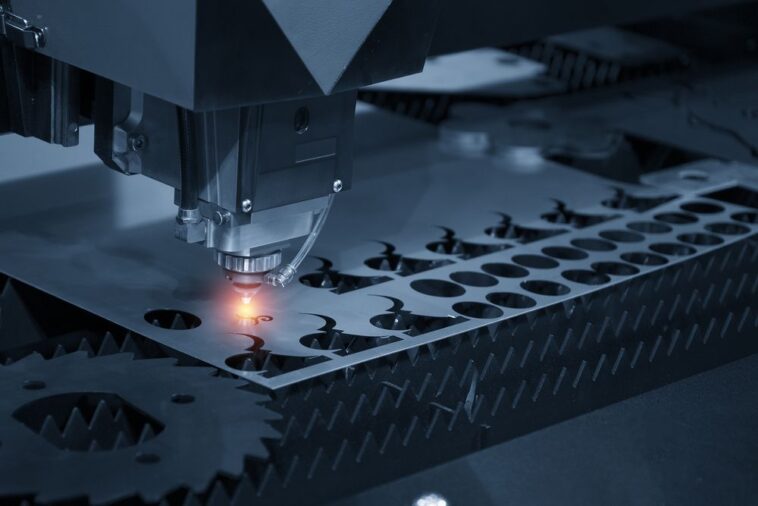Laser cutting machines have become indispensable tool in the modern manufacturing industry, thanks to their high precision and speed. However, to get the most out of your laser-cutting machine, you need to know how to use it correctly. Here are 7 tips for maximizing the productivity and efficiency of your laser cutting machine:
Understand the Materials
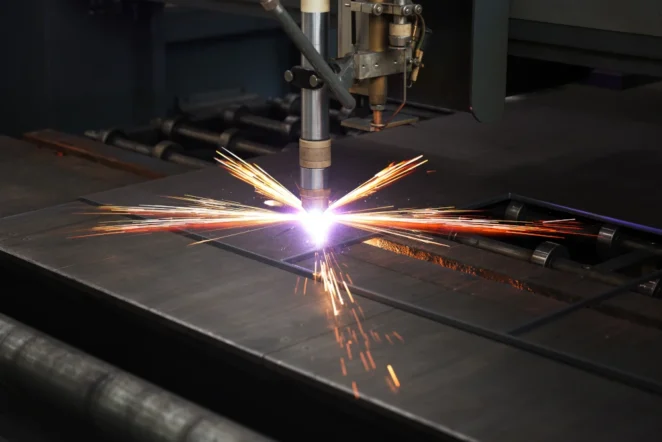
Laser cutting works best on certain materials, such as metals, plastics, and wood. It is essential to understand the properties of the materials you plan to cut, such as their thickness, density, and melting point. Knowing these factors can help you determine the best laser settings, such as power, speed, and focal length, for each material.
If you want to know about safe and unsafe materials for a laser cutting machine visit here.
Keep the Machine Clean
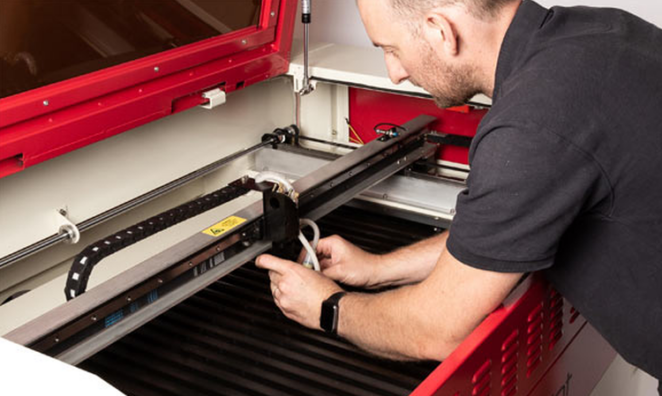
One of the most critical aspects of maintaining the performance and longevity of your laser-cutting machine is keeping it clean. A dirty machine can lead to several issues, including damage to the components, reduced cutting performance, and poor-quality cuts. In this section, we will discuss the importance of keeping your laser-cutting machine clean and how to do it effectively.
Why Keeping Your Machine Clean Matters
Keeping your laser cutting machine clean is essential for several reasons:
Prevent damage: Dust and debris can accumulate on the machine’s components, such as the lens, mirrors, and rails, which can cause damage and reduce their performance.
Maintain performance: A clean machine can perform optimally, ensuring high-quality cuts and engravings.
Ensure safety: A dirty machine can create a fire hazard, particularly if flammable materials, such as wood or paper, come into contact with the laser beam.
How to Keep Your Machine Clean
Here are some tips for keeping it clean:
- Create a cleaning schedule: Develop a cleaning schedule and stick to it. Regular cleaning, such as daily or weekly, can prevent the accumulation of dust and debris. For a more efficient solution, consider incorporating the Searose dust control system into your maintenance routine.
- Use compressed air: Compressed air can blow away dust and debris from hard-to-reach areas, such as the lens and mirrors.
- Use a cleaning cloth: Use a soft, lint-free cloth to wipe down the machine’s surfaces, such as the bed and rails. Avoid using abrasive materials or cleaners that can scratch or damage the machine.
- Clean the lens and mirrors: The lens and mirrors are critical components that require regular cleaning. Use a cleaning solution specifically designed and a soft cloth to wipe them down gently.
- Clean the exhaust system: The exhaust system removes smoke and fumes from the machine. Clean the filters and ducts regularly to ensure optimal performance and prevent the accumulation of dust and debris.
Optimize the Laser Settings
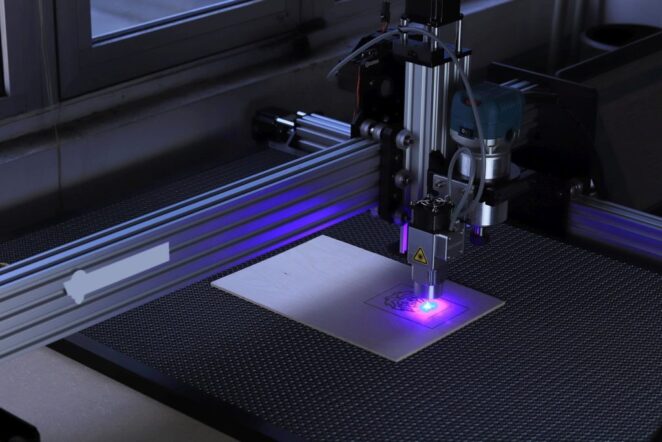
They come with various settings, such as power, speed, frequency, and pulse width, which can affect the cutting quality, speed, and precision. Experiment with different settings to find the best combination for each material and application. Also, keep in mind that using higher power or speed does not always mean better results.
Use the Right Software
They are versatile tools that can be used for a wide range of applications, from simple engraving to complex 3D cutting. To achieve the best results from them, it is crucial to choose the right software. In this section, we will discuss the importance of using the right software and how it can impact performance and efficiency.
Why Using the Right Software Matters
Using the right software can significantly impact performance and versatility. Here are some reasons why:
Compatibility: Not all software is compatible with every apparatus. Choosing software that is designed for your device model ensures compatibility and prevents potential issues.
Functionality: Different software offers different features and functions. Choosing software that suits your needs, whether it is for vector cutting, raster engraving, or 3D modeling, can help you achieve the desired results.
Ease of use: Some laser cutting software can be complex and challenging to use, while others are user-friendly and intuitive. Choosing software that matches your level of expertise and skill can save time and reduce frustration.
File formats: Laser cutting machines use various file formats, such as .dxf, .ai, .plt, and .svg. Choosing software that supports the file formats you use can save time and ensure compatibility.
Tips for Choosing the Right Software
When choosing software for your laser cutting machine, consider the following factors:
- Compatibility with your machine’s model and brand
- Functionality and features that suit your needs
- Ease of use and user interface
- File format support
- Price and support options
- User reviews and recommendations
Follow Safety Procedures
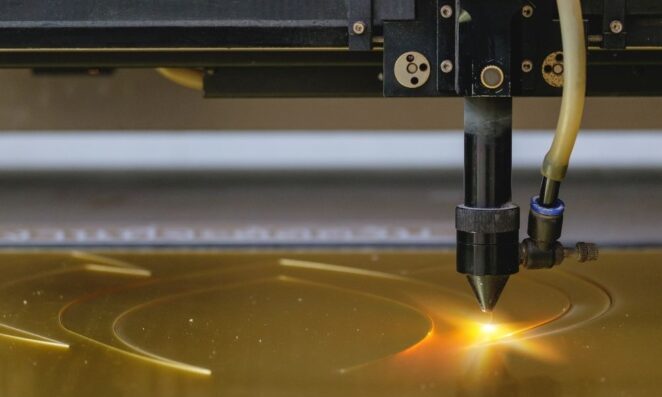
They can be hazardous if not used correctly. Always follow the safety procedures, such as wearing protective gear, keeping the work area clean, and avoiding direct contact with the laser beam. Also, keep the device away from flammable materials and ensure proper ventilation to prevent the accumulation of fumes and smoke.
Maintain the Machine
Laser cutting machines require regular maintenance to ensure their optimal performance and longevity. Check the engine components, such as the lens, mirror, and gas supply, for wear and tear, and replace them as necessary. Also, lubricate the rails and bearings and tighten loose screws and bolts.
Experiment and Learn

Experimenting and learning are essential for getting the most out. Laser cutting is a versatile technology that offers endless possibilities, and exploring different materials, designs, and settings can help you discover new techniques and expand your skills.
Why Experimenting and Learning Matter
Experimenting and learning are essential for several reasons:
Discover new techniques: Experimenting with different materials, designs, and settings can help you discover new techniques and expand your skills.
Explore new applications: Laser cutting can be used for various applications, such as cutting, engraving, marking, and welding. Experimenting with new applications can help you diversify your business and attract new clients.
Optimize performance: Experimenting with different settings can help you optimize the performance and efficiency of your laser cutting device, ensuring high-quality cuts and engravings.
How to Experiment and Learn
Here are some tips for experimenting and learning:
- Try different materials: Experiment with different materials, such as wood, metal, plastics, and fabrics. Each material has unique properties that can affect the cutting quality, speed, and precision.
- Experiment with different designs: Explore different designs and patterns, such as geometric shapes, images, and logos. Experimenting with different designs can help you create unique and personalized products for your clients.
- Attend workshops and seminars: Attend workshops and seminars to learn new techniques and stay up-to-date with the latest trends and technologies.
- Seek advice from experts: Seek advice from other laser cutting enthusiasts or experts in the industry. Online forums, social media groups, and networking events can be great sources of information and inspiration.
- Explore online resources: There are many online resources, such as blogs, tutorials, and videos, that can provide valuable tips and insights on laser cutting.
Conclusion
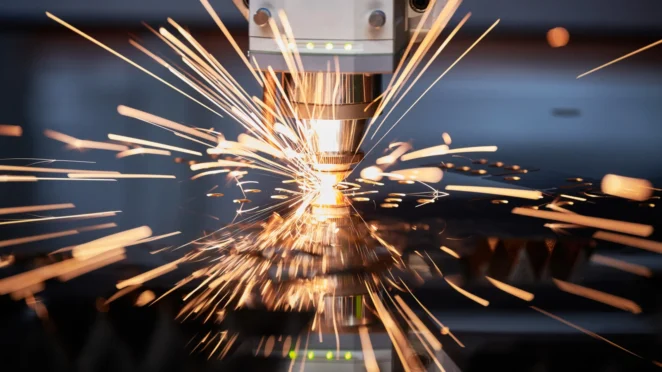
Laser-cutting apparatuses are a valuable investment for any manufacturing or design business. By following these 7 tips, you can optimize the performance and efficiency of your laser cutting apparatus and produce high-quality cuts that meet your client’s needs and expectations. Remember to always prioritize safety and maintenance and keep learning and experimenting to unlock your machine’s full potential.
If you want to know about the future of sheet metal cutting click here.



